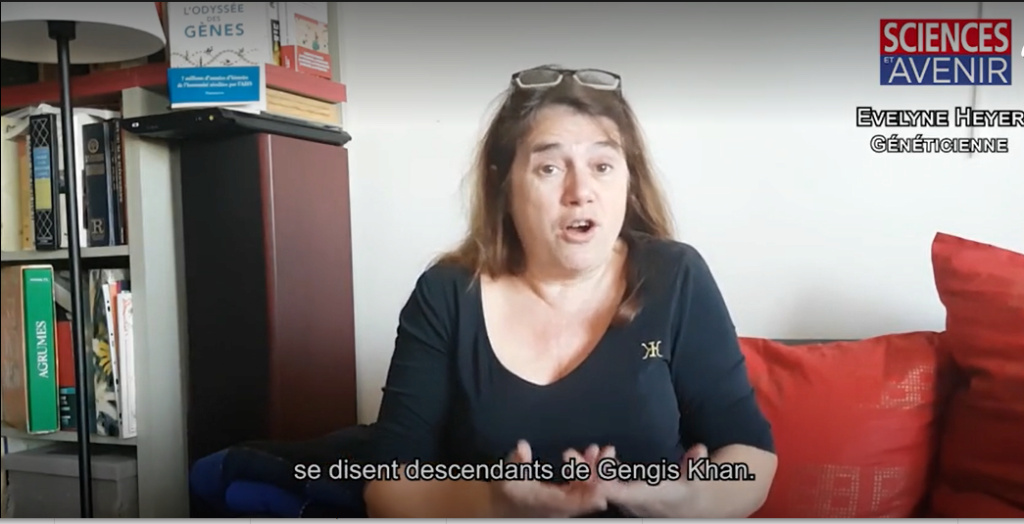DNA reveals the turbulent history of Europeans

Third and final series of video interviews with geneticist Evelyne Heyer on the odyssey of genes. The anthropologist focuses on the turbulent history of Europeans.
" With DNA, we are beginning to have a slightly more constructed idea of how Europe was genetically shaped," explains Evelyne Heyer, professor of genetic anthropology at the Muséum National d'Histoire Naturelle . She is the successful author of The Odyssey of Genes, , a fresco that spans 7 million years, i.e. the history of our humanity, since its separation from the great apes . H. sapiens were not the first to venture into Europe. Long before them, Homo erectus, Neanderthals conquered this territory, pushing exploration to Asia. They will disappear, leaving us only a few genes for Neanderthals. So how were European populations shaped? What migrations and mixtures were founding? Here again, DNA gives us essential reading keys.
?Which peoples founded Europe

Hunter-gatherers from Africa, farmers from the Middle East, nomads from the steppes: thanks to DNA, scientists have reconstituted the genetic pool of the “original” peoples of Europe.
?Are the inhabitants of northern Asia descended from Genghis Khan

Analysis of the Y chromosome of Eurasian populations suggests that 10% of men living in the territory of the former Mongol empire possess genetic variants dating back approximately 1000 years. Possibly coming from the descendants of the legendary Genghis Khan and his multiple wives.
? How did European expansion lead to the displacement of millions of people

In the 17th and 18th centuries , the population explosion pushed Europeans to invest in new areas, including America. Some of them were forced to migrate. The settlers also caused the forced displacement of millions of Africans, reduced to slavery.
Source : websites

